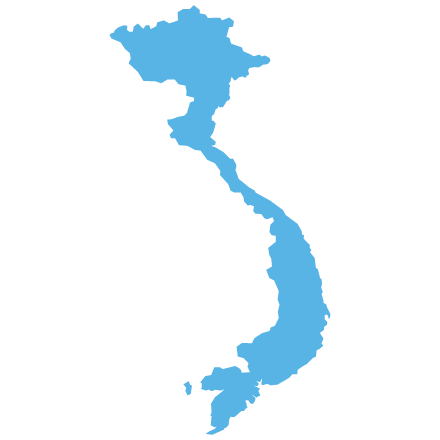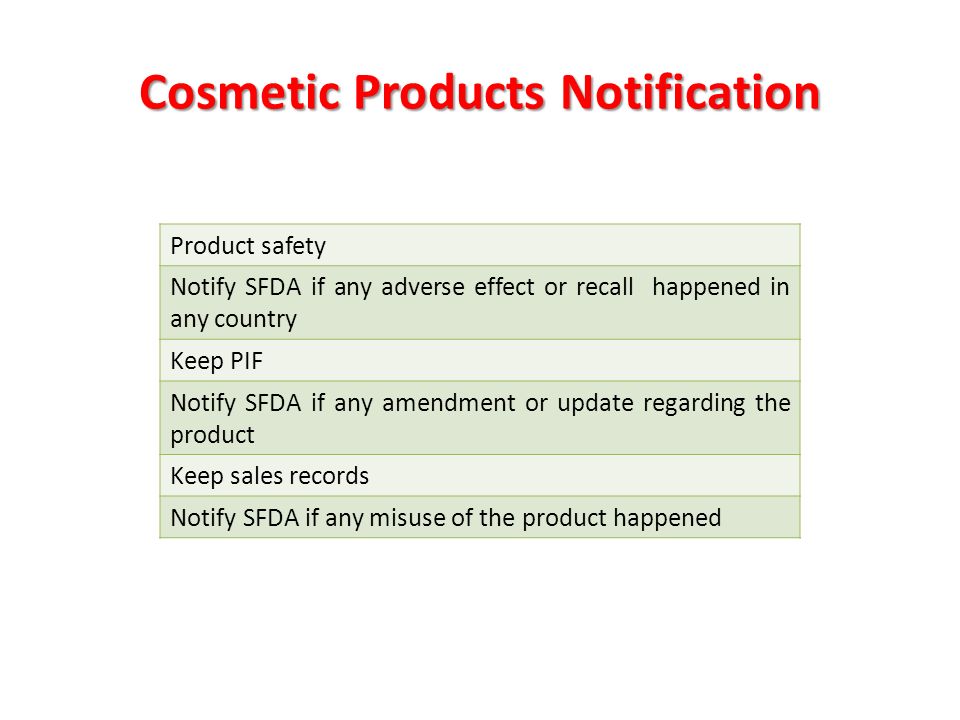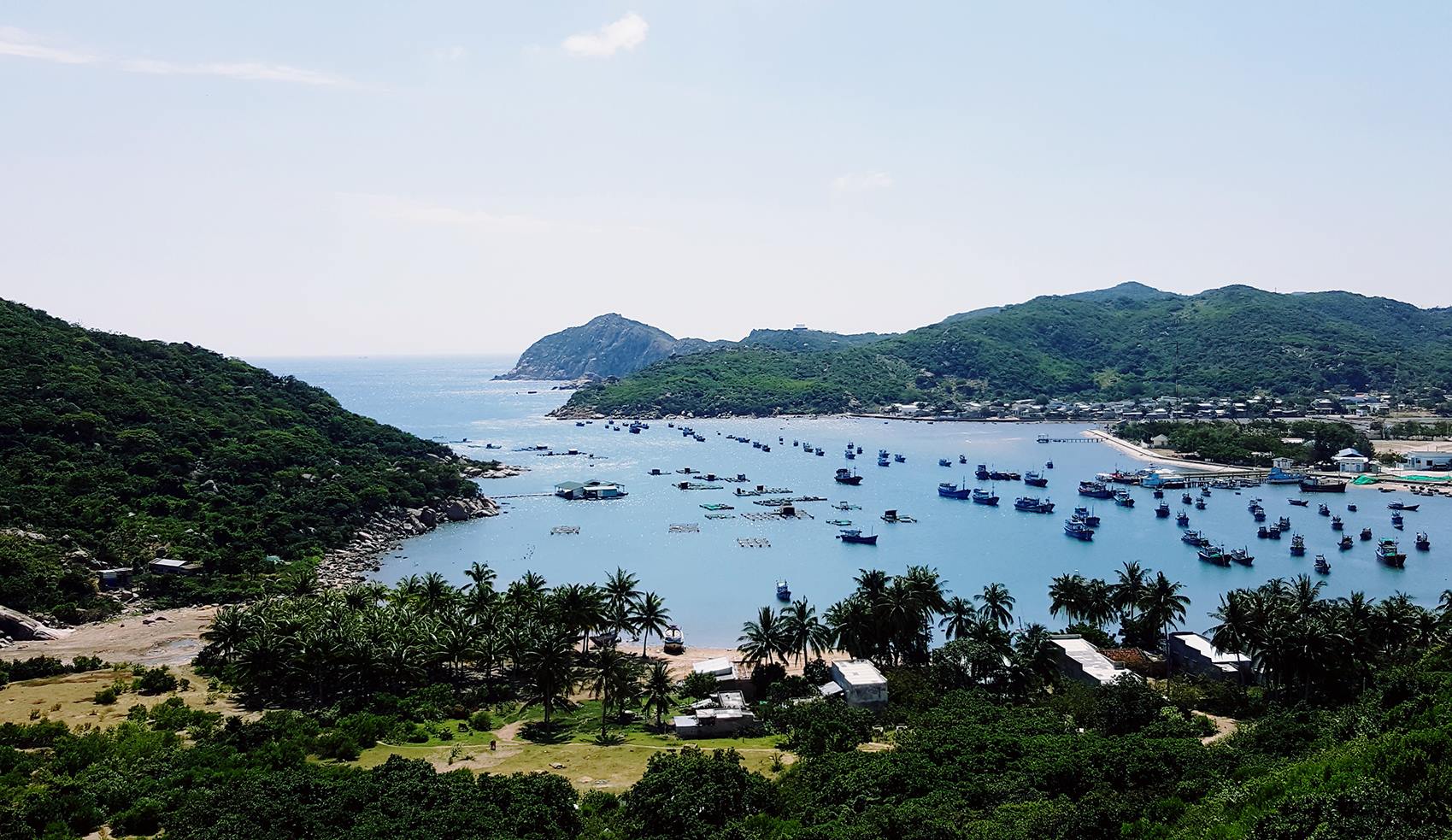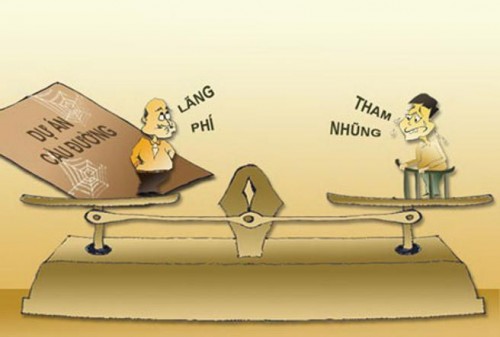Country Guides: Insurance
Vietnam’s international commitments under the Bilateral Trade Agreement with the US and its WTO accession concessions have liberalised Vietnam’s insurance market for both life insurance and non-life insurance foreign providers.
After Vietnam officially acceded in WTO, Vietnam Government has issued many policies and strategies so as to implement its commitments on opening Vietnam insurance market and facilitate for this sector. The Prime Minister issued Decision No. 193/QĐ-TTg dated February 15, 2012 on providing the strategies to develop Vietnam insurance market for the period from 2011 to 2020. From then on, Vietnam insurance market has seen a significant growth and impressive achievements.
Even though, the insurance market achieved high rate growth and stable development in the past few years, the market scale is still small in comparison to its potential.
In accordance with the statistics announced by the Department of Insurance Monitoring and Management under the Ministry of Finance, up to 31 December 2015, there are 61 insurers established and operating in Vietnam, of which include 29 non-life insurers, 01 branch of a foreign non-life insurer, 18 life insurers, 12 insurance brokerage companies and 2 reinsurance companies. In 2015, the life insurance field continues to grow rapidly and steadily.
Insurance regulatory framework
Vietnam insurance sector and the establishment and operations of insurance companies and insurance brokers are governed by the following main legal documents:
- Law No. 24/2000/QH10 on Insurance Business dated December 9, 2000;
- Law No. 61/2010/QH12 on the Amendment and Supplement to a number of articles of Law on Insurance Business;
- Decree No.45/2007/ND-CP issued by the Government dated March 27, 2007 on providing guidelines for the implementation of a number of articles of Law on Insurance Business;
- Decree No.68/2014/ND-CP dated July 9, 2014 issued by the Government on amendment and supplement to a number of articles of Decree No. 45/2007/ND-CP;
- Decree No.46/2007/ND-CP dated March 27, 2007 issued by the Government on the financial regime for insurers and insurance brokers;
- Decree No. 123/2011/ND-CP dated December 28, 2011 issued by the Government on providing in detail a number of articles of Law on the Amendment and Supplement to a number of articles of the Law on Insurance Business, and amending and supplementing to a number of articles of the Government’s Decree No. 45/2007/ND-CP;
- Circular No. 124/2012/TT-BTC dated July 30, 2012 issued by the Ministry of Finance on guiding the implementation of a number of articles of the Government’s Decree No. 45/2007/ND-CP and the Government’s Decree No. 123/2011/ND-CP;
- Circular No. 125/2012/TT-BTC dated July 30, 2012 issued by the Ministry of Finance on guiding the financial regime applicable to insurers, reinsurance companies, insurance brokerage companies and branches of foreign non-life insurers.
The Ministry of Finance is the main regulator of the insurance industry and its authority includes the issue of establishment and operating licenses for insurers and insurance brokers as well as the supervision of their operations. It authorizes unit-linked products which are now permitted.
Foreign investments in the insurance sector
General
Under Vietnam WTO commitments, Vietnam is more clearly required to allow foreign-invested insurance companies to operate in Vietnam and the pace of approvals has sped up (although it may still take between two and three years before an approval is issued). Since January 1, 2008, 100 percent foreign-invested general insurers have been able to apply to engage in statutory insurance business, including motor vehicle third-party liability, insurance in construction and installation, insurance for oil and gas projects and insurance for projects and construction works of high danger to public security and the environment. Life insurers are now permitted to offer unit-linked products. Vietnam’s WTO concessions permitted foreign-invested general insurers to establish a domestic branch network from 2012 onwards.
At present, most of insurers operating in the life insurance field are in the forms of joint venture companies between Vietnam companies and foreign partners, and 100% foreign-owned capital companies. Therefore, the life insurance of Vietnam market are currently considered to be the playing-field of foreign insurers which are dominating on both the quantity and the scale.
For non-life insurance field, the latest statistics from Department of Insurance Monitoring and Management shows that at the end of 2015, the market share of non-life insurance did not have much change with 62,79% market share occupied by five big corporations (PVI, Bao Viet, Bao Minh, PTI, PJICO) and 37,21% market share occupied by 24 remaining companies and one foreign branch.
Application process and establishment
Foreign insurers and brokers intending to establish a local presence in Vietnam may establish a 100 percent foreign-owned insurance company or cooperate with a local insurer in the form of a joint venture enterprise. Foreign insurers may operate branches in Vietnam. Foreign general insurers were permitted to open branches from 2012 onwards but no commitment has been made regarding branches of foreign life insurers. Foreign insurers and brokers may also establish representative offices, although it is not permitted to carry out any profit-generating activities. In practice, this means insurers rely on the joint venture, agency sales force and bank assurance distribution channels for the sale of their products.
Capital requirements
Decree No. 46/2007/ND-CP provides that the minimum level of “legal capital” for insurers operating in the life insurance sector is VND600bn (approximately $26.96m). For non-life insurance companies, the minimum legal capital is VND300bn (approximately $13.48m) and for insurance brokers, the minimum legal capital is VND4bn (approximately $179,735). In Vietnam, the term “legal capital” refers to the minimum amount of registered and paid-up capital that the investors (members in a limited liability company and shareholders in a joint stock company) are required to contribute as owner’s equity to the company before such company may commence commercial operations. Depending on the insurer’s requirements, the charter capital may be increased and/or its operations may be funded by loans.
Practical considerations: opportunities and obstacles
Opportunities
Vietnam insurance market is seen by many as having huge growth potential; according to the statistics, up to 2014 there are only about 6.3% percent of Vietnam’s 90 million population had life insurance coverage.
Vietnam has just entered into the Trans-Pacific Partnership Agreement (“TPP”) and besides, from December 31, 2015, the Asean Economic Community (“AEC”) is officially established. The TPP and AEC are expected to bring good prospect and development for Vietnam insurance market in the near further. It is forecasted that in 2016, the insurance market may achieve the rate growth of over 25% in life insurance field and over 18% in non-life insurance field.
Among 11 countries being the members of TPP, there are 4 countries currently having commercial presences in Vietnam insurance market through the establishment of insurance companies. They are Australia (UIC Company), Canada (PVI Sun Life), Japan (Dai-ichi), and especially, the U.S already has 6 insurers in Vietnam which are AIA, AIG, ACE non-life, ACE life, MetLife, Liberty. Such companies are well operating with stable growth.
The international investment flows into Vietnam market are forecasted to strongly increase in order to get tax incentive policies from TPP and other bilateral commercial treaties. Along with the increase of foreign investment in Vietnam market, it shall lead to the high demands for insurance accordingly.
In the non-life insurance field, the opportunities shall open for most of the insurance activities, especially for the assets insurance, when the investment waves in Vietnam from 11 members of TPP and other countries increase. For life insurance, insurers provide life products, healthcare products, pension insurance for foreign employers working in Vietnam, and etc. will also have good chances to achieve high rate growth.
Furthermore, the investment flows from foreign countries in Vietnam market in such many sectors as securities, real estates and etc. will increase the capabilities on financial investments of insurance companies and develop the general link insurance and unit-link insurance, and so on. Particularly, the demand for pension insurance and old age insurance will also rise due to Vietnam is forecasted to have a quite high speed of population aging.
Possibly, there will be more foreign insurers applying for operation in Vietnam market in the near future.
Premium investments
As has been seen in other emerging markets, notably China, restrictions on premium investments present a major challenge. Due to foreign exchange restrictions, insurers are limited to investing their premiums onshore. According to Art. 98 of the Law on Insurance Business and Art. 14 of Decree No.46/2007/ND-CP, insurers may only invest their “idle capital” (akin to premium reserves minus funds for regular pay-outs) as follows:
| Non-life insurance companies | ||
| (1) | Purchase of government bonds or government-guaranteed bonds of enterprises, or deposits with credit institutions | Unlimited |
| (2) | Purchase of shares, unsecured bonds of enterprises and capital contribution in other enterprises | Not to exceed 35 per cent of idle capital from insurance reserves |
| (3) | Real estate business and lending | Not to exceed 20 per cent of idle capital from insurance reserves |
| Life insurance companies | ||
| (1) | Purchase of government bonds or government-guaranteed bonds of enterprises, or deposits with credit institutions | Unlimited |
| (2) | Purchase of shares, unsecured bonds of enterprises, and capital contribution in other enterprises | Not to exceed 50 per cent of idle capital from insurance reserves |
| (3) | Real estate business and lending | Not to exceed 40 per cent of idle capital from insurance reserves |
At the moment, the two main investment channels are deposits at local or foreign-invested banks and trading in government bonds. Although the private bond market has recently seen increased activity, Vietnam’s stock market and real estate markets remain extremely volatile. A number of both local and foreign-invested insurance companies have established their own fund management arms.
Outlook
The provisions on insurance business are being established and completed which will give positive effects to the development of Vietnam insurance market. In accordance with Decision No. 193/QĐ-TTg, the strategies on insurance market for the period of 2016-2020 shall be as follows:
- Making the amendment to and supplement to Law No.24/2000/QH10 on Insurance Business and Law No. 61/2000/QH12 on the Amendment and Supplement to a number of articles of Law on Insurance Business comprehensively together with the guideline legal documents so that new legal documents shall have a wider applicable scope and be more unified for the insurance business activities and in the link with financial service market sectors.
- Making the policies and mechanisms in order to enhance the management capabilities and operation of insurers based on three main demands of capital safety, risk management and information transparency, for example:
- To issue strict provisions on legal capital and safety levels of payment capabilities of insurers;
- To issue the provisions on risks management of insurers;
- To issue strict provisions on the publicity and transparency of insurers’ information.
- Researching and issuing new compulsory insurance policies for the purposes of social welfare; developing insurance products for community; setting up mechanisms for the co-operation in supplying services among insurers for specific insurance types (such as atomic energy insurance) and etc.
- Researching and issuing the policies on encouraging the development of other distribution channels in conformity with international practices and actual conditions of Vietnam such as distribution channel of insurance via banks, internet, etc.
Vietnam insurance market appears promising. The country has integrated into the world economy and the number of insurance customers is growing steadily. The barriers to market entry for foreign players have been removed as Vietnam proceeds with the implementation of its WTO commitments and other multi and bilateral commercial treaties.

















